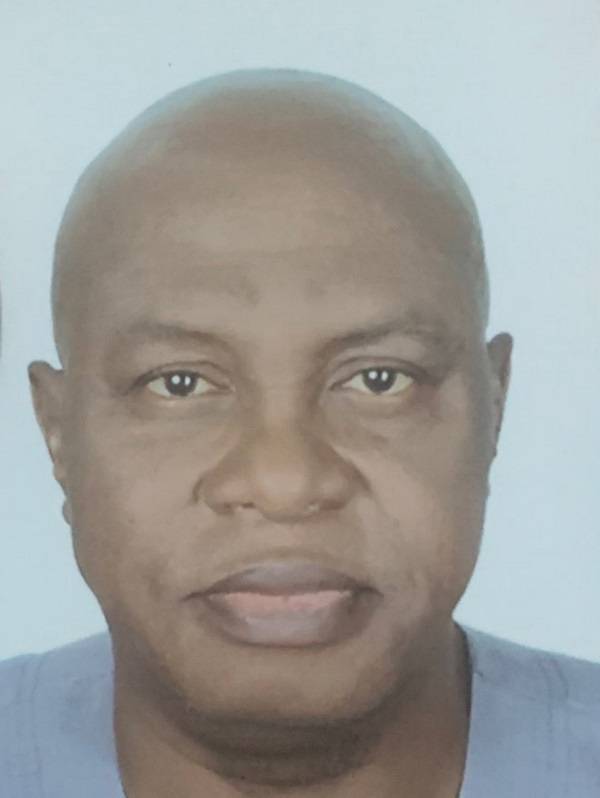
Even though Nigeria appears to be trailing in the global race for technology adoption, all is not lost. Concerted efforts by government agencies and network operators signal a slow but steady exit from the Internet Poverty Index (IPI), according to recent data from the World Data Lab.
With a population nearing 236 million, only about 107 million Nigerians have access to the internet. This leaves more than half the population offline, a troubling statistic in an increasingly digital world. Today, internet access is considered as fundamental as food, housing and energy – integral to education, employment and even emotional wellbeing. Accurately measuring internet poverty is essential to raising awareness and identifying the most vulnerable communities.
The World Data Lab defines internet poverty based on three critical pillars: affordability, quantity, and quality. Affordability refers to whether an individual can buy a basic package without spending more than 10 per cent of their income. Quantity is pegged at a minimum of 1GB per month, while quality refers to a download speed of at least 10 Mbps.
As of 2022, Nigeria ranked first among 169 countries on the Global Internet Poverty Index, with over 103 million people unable to afford basic internet. In contrast, Tonga ranked last on the list, with fewer than 10,000 of its citizens offline. The United States, ranked 47th, has about 5.3 million people without internet access. These figures place Nigeria in the unenviable position of having the largest internet-poor population globally.
The implications are dire. The inability of nearly half the Nigerian population to afford basic mobile internet directly hinders access to education, economic opportunities and civic engagement. The 2022 IPI reveals that over half of the global internet-poor reside in Nigeria, India, China, the Democratic Republic of Congo, Brazil, Pakistan, the Philippines, Tanzania, Indonesia and South Africa. Globally, the International Telecommunications Union (ITU) estimates that 2.6 billion people remain offline, with a target to close this gap by 2030 as part of the Sustainable Development Goals (SDGs).
In Nigeria, internet costs remain prohibitively high relative to average income levels, making access among the least affordable globally. This underscores an urgent need for targeted policy reform and infrastructure expansion to enhance digital inclusion.
Encouragingly, recent indicators suggest that Nigeria may be gradually escaping this index. As of January 2025, the country recorded approximately 107 million internet users, with an internet penetration rate of 45.4 per cent, up 1.9 per cent from January 2024. However, broadband penetration, representing access to high-speed internet, remains below 50 per cent.
By January 2025, broadband penetration stood at 45.61 per cent, up marginally from 44.43 per cent in December 2024. Despite these gains, Nigeria is still far off from the National Broadband Plan (NBP 2020–2025) target of 70 per cent penetration by the end of 2025.
This growth is largely attributed to the increasing adoption of smartphones and the rising demand for digital services such as video streaming, social media, remote work and financial technologies. As of May 2025, broadband penetration in Nigeria stood at 47.73 per cent, translating to 103.5 million broadband subscriptions, according to the Nigerian Communications Commission (NCC).
Even more promising is the surge in data consumption. In January 2025, Nigeria recorded a historic high of over one million terabytes in monthly internet usage, a 93.35 per cent year-on-year increase. However, despite this growth, access disparities remain stark. Only about 29 per cent of Nigerians, roughly 58 million people, use the internet regularly, while 120 million still lack access, mainly due to cost barriers.
High smartphone prices and internet service costs continue to limit widespread adoption, particularly in underserved and rural communities. While progress is evident, equitable access to digital services remains an elusive goal.
The Internet Poverty Index provides a sobering snapshot of global connectivity challenges. Over the last decade, progress has been notable, especially in Asia and some parts of Africa, but the challenges persist, particularly in low-income regions. The index helps policymakers identify where investments in affordability, infrastructure, and digital literacy can have the greatest impact.
The IPI, developed by World Data Lab with support from the Internet Society Foundation, defines the internet-poor as those who must spend more than 10 per cent of their daily income to afford 1GB of data at 10 Mbps. In Nigeria, where broadband penetration is under 48 per cent, this means over 55 per cent of the population likely falls into this category. The continued dominance of 2G and 3G networks, which offer speeds under 15 Mbps, further limits meaningful access.
Moreover, mobile broadband costs hover around 4.2 per cent of gross national income (GNI) per capita, while fixed broadband costs are even higher, at around 15 per cent, well above the UN’s 2% affordability benchmark. These figures indicate that more than half of Nigeria’s population faces internet poverty due to high costs, poor speeds, and infrastructure limitations.
Globally, internet poverty declined by about 14% between 2023 and 2024. While Asia recorded major gains, reducing its internet-poor population from 418 million to 252 million, sub-Saharan Africa fared worse, rising from 523 million to 545 million.
Despite these setbacks, Nigeria’s slow rise in internet penetration and data usage suggests that the country is on the cusp of meaningful change. But to accelerate this trajectory, deliberate interventions are needed: infrastructure investments, policy shifts, support for affordable smartphones and subsidised access for low-income households.
As the world races to meet the 2030 SDG goals, Nigeria’s ability to close its digital divide will be a key marker of national development. The journey out of internet poverty is far from over, but the country is finally creeping in the right direction.

